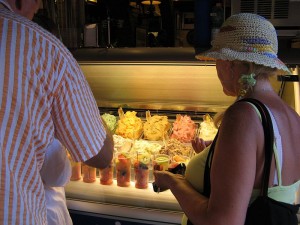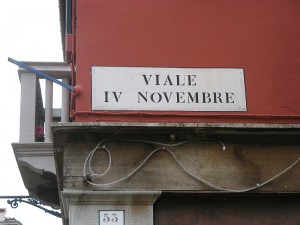
At 3:00 PM on November 4, 1918, peace returned to Italy. After 41 months of brutal battles on the Eastern Front, Italy and its allies had defeated the Austro-Hungarian Empire.
The Armistice of Villa Giusti had been signed the previous day by representatives of the Italian and Austro-Hungarian governments at a country house outside Padova, and it stipulated the precise moment at which hostilities were to cease. It sounds so elegant — “cease hostilities” — so much more imposing than saying “No more blowing millions of young men to splinters and shreds.”

The armistice between France and Germany which ended the War on the Western Front was signed in Compiegne, France on November 11. I remember commemorating Armistice Day on that date, before it was transformed into Veterans Day (decreed on June 1, 1954). In Italy, November 4 is observed as the Day of National Unity and the Armed Forces. Meaningful, but not poetic at all.
Of course I’m in favor of honoring everyone in uniform, but labels that are so generic muffle the profound resonance the end of the Great War, or as it’s sometimes called here, “The War of Fifteen-Eighteen,” had — and I believe still has — in European culture and history.
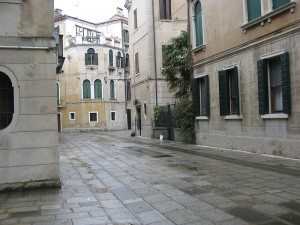
In Venice, part of the war’s aftermath was the construction of housing for veterans on a large swathe of empty land on the island known as Sant’ Elena at the easternmost end of Venice. It has always seemed a fairly bleak area to me (especially on one of those dark, foggy winter evenings).
But what the neighborhood may lack in charm it more than compensates for in the echoes still reverberating through the names of its streets — names of battles or battlefields, or generals, or dates so crucial that they need no explanation whatever to anyone in Italy. And certainly not to the families moving in.
Lest anyone imagine that Venice might have escaped any effects of the war, let me note that the city was bombed by the Austrians more than once. Buildings were damaged, and so were many of their inhabitants.
Campo Santa Giustina after the bombardment on February 26, 1918.

At 10:15 this morning, the flags were raised in the Piazza San Marco. Maybe a hundred tourists stopped to watch the half-hour ceremony, performed by detachments of the Army, Navy, and Carabinieri. The Prefect reviewed this modest array, some recorded band music was played (the Hymn of San Marco, and the national anthem), and letters from the President and the Minister of Defense were read. The veterans marched in and marched out.
And the flags were raised — Italian, European, and Venetian.
It was not very impressive. But in a way, it didn’t need to be. All anyone had to do to be impressed was to stop for 17 seconds and try to grasp what the ceremony represented. I’ve never been able to come close to grasping it, but I try.
The text of the “Bulletin of Victory,” issued by General Armando Diaz, supreme commander of the Italian army, is cast in the form of a bronze plaque made of melted enemy artillery, and is displayed in every City Hall and barracks in Italy. Here is the text (translated by me):
SUPREME COMMAND, 4 November 1918, 12 o’clock
The war against Austria-Hungary which, under the high command of His Majesty the King, the Italian Army, inferior in numbers and means, initiated on May 24, 1915, and with unwavering and tenacious valor conducted fiercely without interruption for 41 months, is won.
The gigantic battle engaged on the 24th of last October and in which took part 51 Italian divisions, three British, two French, one Czechoslovakian, and one American regiment, against 73 Austro-Hungarian divisions, is finished.
The rapid and daring advance of the XXIX Army Corps on Trento, blocking the enemy’s means of retreat in Trentino, overwhelming them on the west by the troops of the VII Army and on the east by those of the I, VI, and IV, determined yesterday the total ruin of the adversary’s front. From Brenta al Torre the irresistible surge of the XII, the VIII, and the X Army, and of the cavalry divisions, drove the fleeing enemy even further back.
On the plains, His Royal Highness the Duke of Aosta rapidly advanced at the head of his undefeated III Army, longing to return to the positions which they had already victoriously conquered and had never lost.
The Austro-Hungarian Army is annihilated; it suffered grave losses in the fierce resistance of the first days and in the pursuit it has lost huge quantities of materiel of every sort and virtually all of its stores and warehouses. It has left in our hands about 300,000 prisoners with entire general staffs and not less than 5,000 cannon.
The remains of what once was one of the most powerful armies in the world is ascending, hopelessly and in disorder, the valleys which it had descended with such proud security. DIAZ




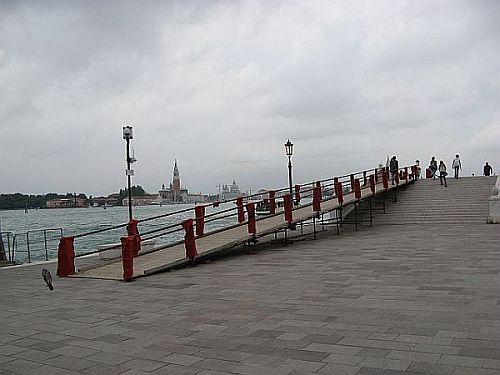
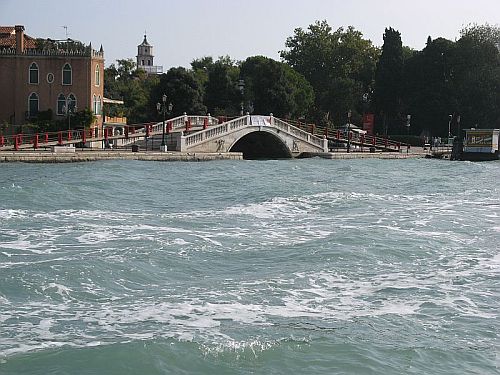
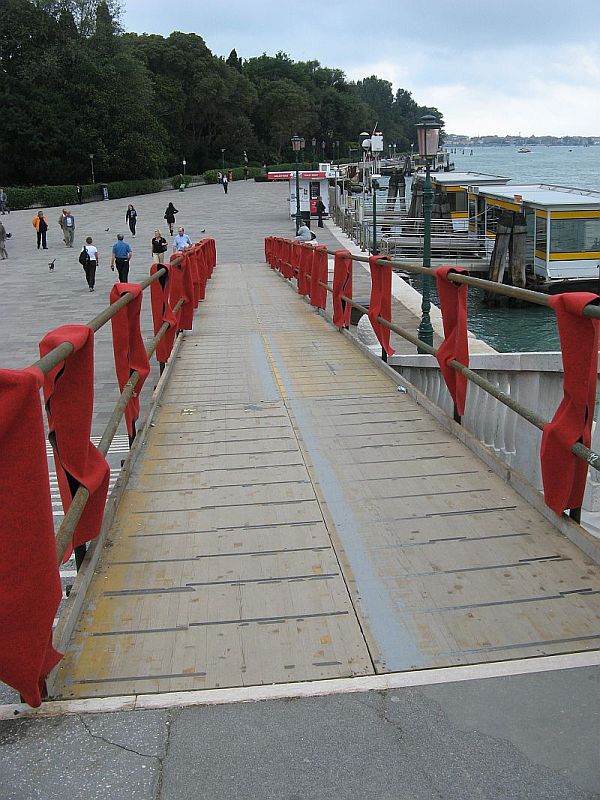

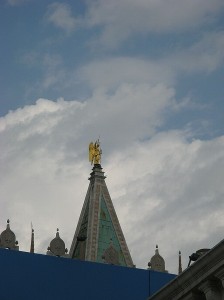
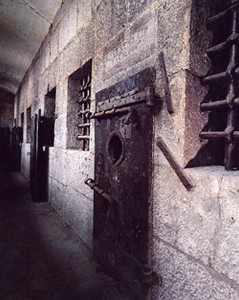
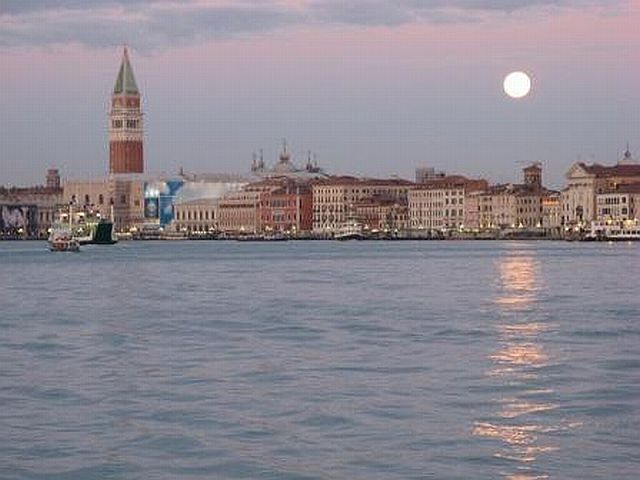
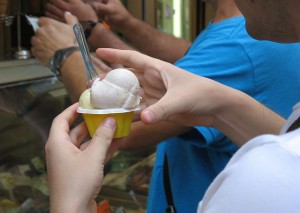 No, what I object to is the annual farewell to ice cream.
No, what I object to is the annual farewell to ice cream.

